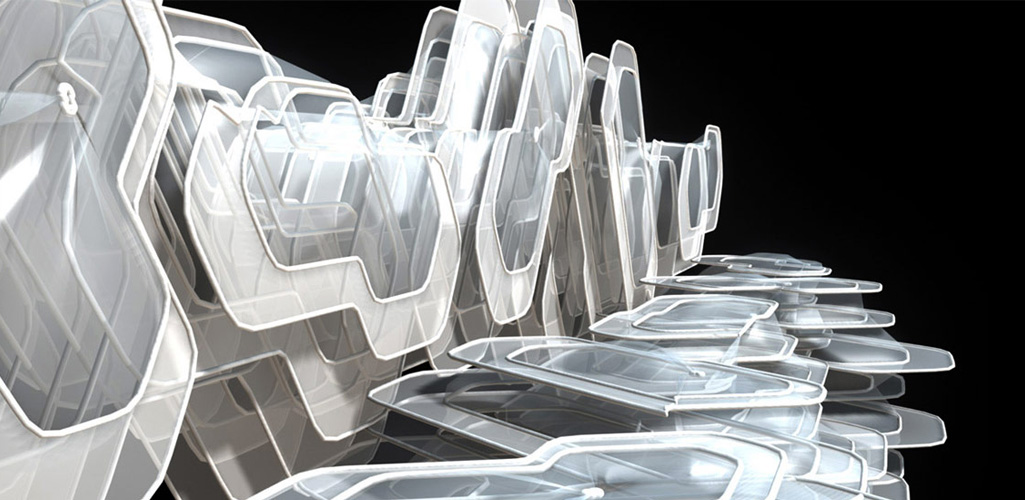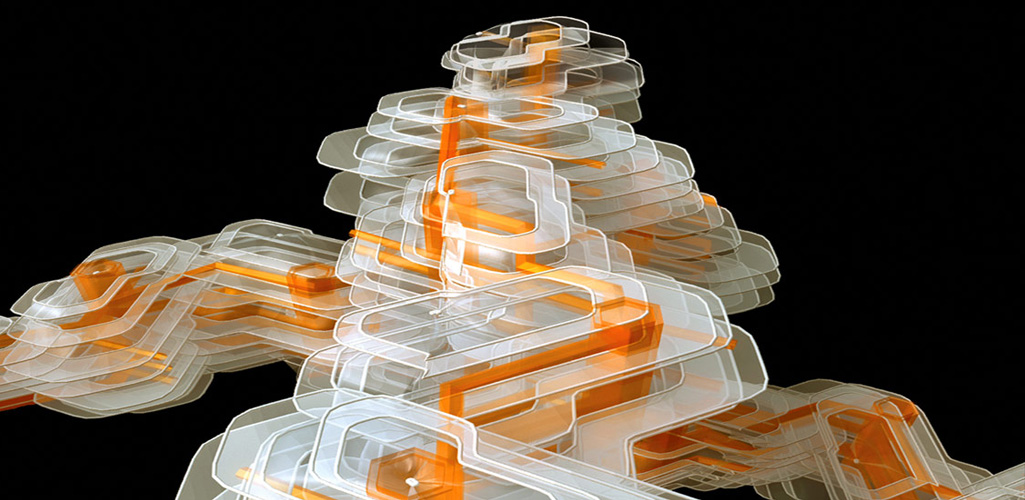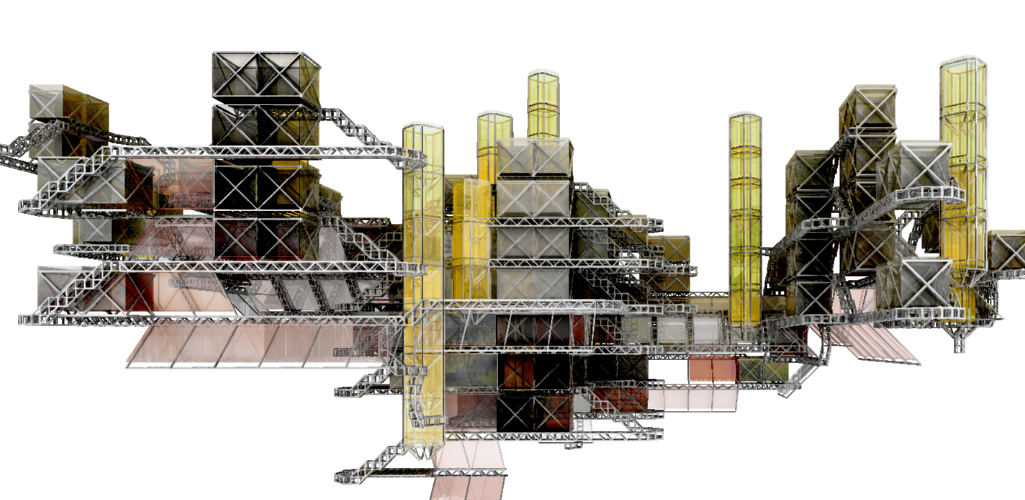Fascinating. Funny how large a role symmetry still plays in such modelling, no matter how intricate the model.
Yes, I imagine you could very well plot ways to recreate vanished/demolished buildings. But what the seminar was suggesting is that the best use of this emerging tech is to create forms never before imagined. It's interesting how the technique he describes plays with ideas of scale - the effortless, continual flow of shifting perspective between micro and macro.
It's also faintly creepy and gothic - I can sense Geiger's spooky vibe in these serpentine, highly detailed, extremely organic forms. The extensive use of voids and jutting solids reminds me of human genitalia, for that matter. In a way, the very detail itself is almost maddening. That degree of endless fractal repetition of forms would be something to get used to. I don't know that we'd all equally get into being in such an environment for an extended period of time.
So far it's also something very much in its infancy. So much so that all he's done is vaguely point to this tech as a means of, for example, building a different column. He didn't really explore how future buildings might look using this method - let alone what whole cities might look like, or how much work humans might need to do before feeling comfortable living within such forms. I'm sure he has his ideas - and besides, what he conveyed in the short time he had was also more than enough food for thought.
Too, I was hoping he would get into the tremendous structural integrity certain natural forms have - the relative physical integrity of a snowflake or ice crystal, for example. You would think that harnessing certain aspects of the underlying physics in such instances might lead to wildly innovative, tremendously efficient building methods for bold new structures in which to live, work, play.
Great link!
























